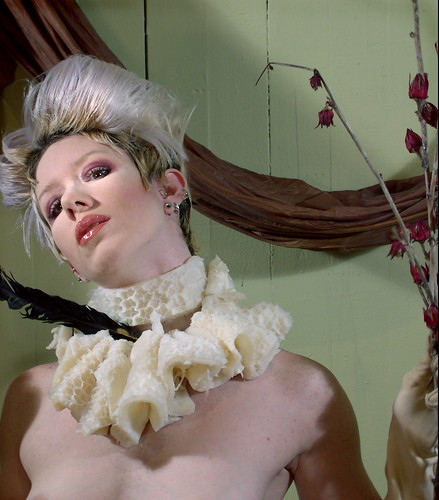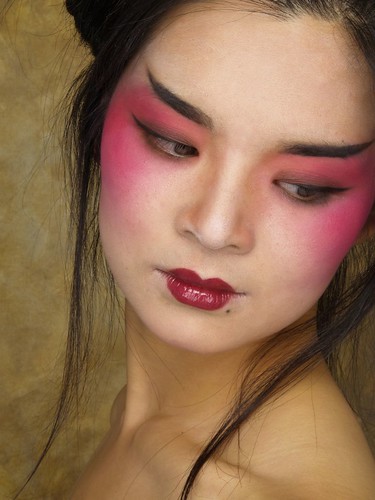Asja: Honey and Cloves
Faithful to its name, Asja is all you could expect from a classical old-time oriental, but has a modern, up-bit twist that will make it adored even by those who typically dislike Orientals.
Rested on a sound foundation of all that could make a perfume an oriental - patchouli, musk, amber and clove bud absolute – Asja brings light and sparkle to this theme by using a well-balanced heart of a floral bouquet consisting primarily of carnations, and topped with a mouth-watering fruity accord.
Asja opens with a seductively luscious fruity notes that are sweet without being cloying and fresh without being flat or one-dimensional. The top not is engaging and inviting, and truly states what the perfume really is: a beautiful and rich, yet not overpowering Oriental, that is fruity and floral and not in the least cloying.
The eugenol theme (eugenol is the main constituent of clove buds and carnations) that characterizes this composition through all of its layers is pervasive but does not overpower the blend, and is not medicinal or sharp as you may expect:
There is something about the overall first impression of the top notes that brings to mind a rich, full-bodied mulled wine...As applied on the skin, a freshly-cut carnation flower emerges, immensely sweet and fresh, thanks to the addition of the round, rich and luscious fruity notes of peach and apricot, and a hint of citrus freshness.
The carnation heart is sweet and floral, and is rounded by exotic, fruity-floral notes of ylang ylang and a rich, subtle rose. It is also backed up by other spices that slowly emerge as the perfume develops on the skin: primarily Allspice Berry – the exotic large peppercorn-like spice, bold and interestingly dry and multi-layered. Allspice smells a lot like a pumpkin pie spice – a combination of cloves, cinnamon and nutmeg.
The eugenol note at the base is dry and sweet at once, like clove-bud absolute, which is much more subtle, refined and feminine than the essential oil. The accord at the base is especially rich and lovely – the orient at its best: patchouli, a hint of dry spices, amber, musk, honey and vanilla, and perhaps even a hint of dry moss.
Asja is a real treat, and an easy-to-wear Oriental. It is sensual, stimulating, soothing and comforting all at once. It’s a perfume you could wear everywhere for any reason (just take care of the doses) – you will enjoy it as well as others around you!
It somewhat reminds me of the charming and un-demanding Cheap and Chic by Moschino – just like it, Asja is a little flirty and mischievous, and begs for being enjoyed without hesitation or a second thought – just put it on and have fun!
 Top notes: Carnation, Apricot, Peach
Top notes: Carnation, Apricot, Peach
Heart notes Carnation, Clove bud oil, Rose, Jasmine, Ylang Ylang, Allspice berry
Base notes: Patcouli, Amber, Musk, Clove bud Absolute, Honey absolute











